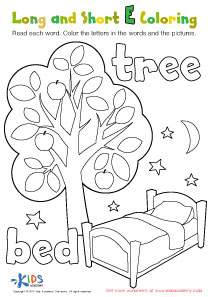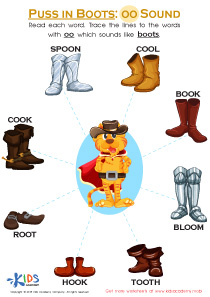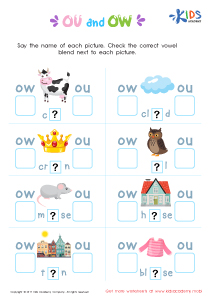Reading fluency Normal Long Vowels Worksheets
3 filtered results
-
From - To
Enhance your child's reading fluency with our "Normal Long Vowels Worksheets." Designed specifically for early grade learners, these engaging worksheets focus on long vowel sounds, helping students recognize and pronounce words accurately. By practicing with fun exercises, children will build confidence in their reading skills while improving their comprehension. Our interactive approach features various activities, including matching, fill-in-the-blank, and reading passages that reinforce understanding of long vowels in different contexts. Perfect for classroom use or at-home learning, our worksheets support literacy development and deliver a well-rounded educational experience. Empower your child's reading journey today with our specialized resources!
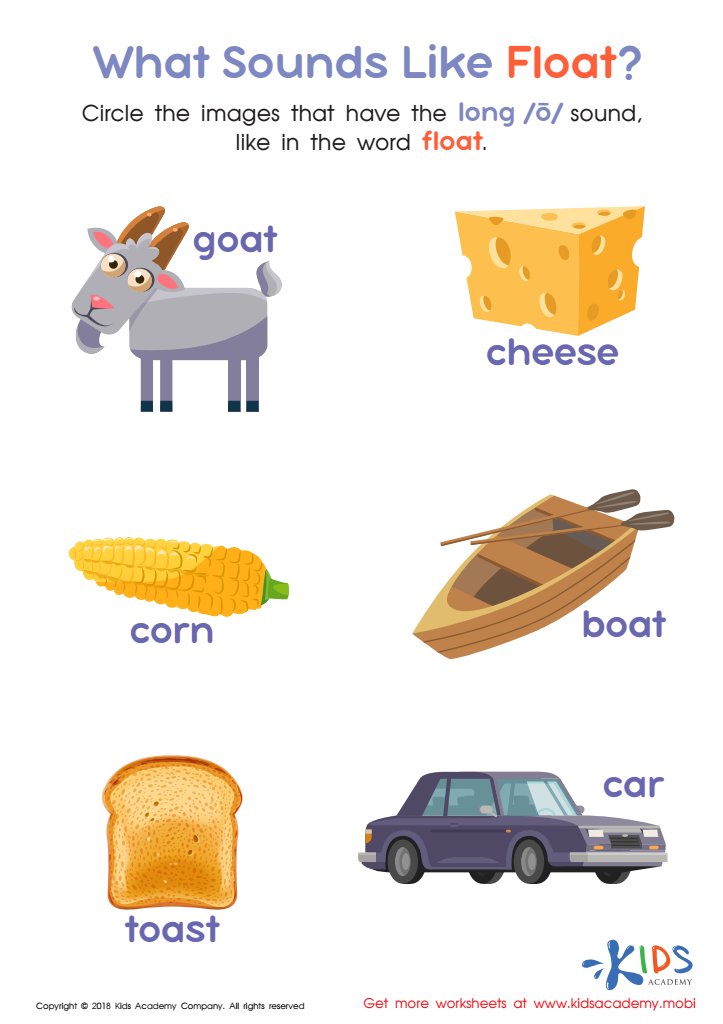

What Sounds Like Float? Worksheet


Two Sounds for OO Worksheet
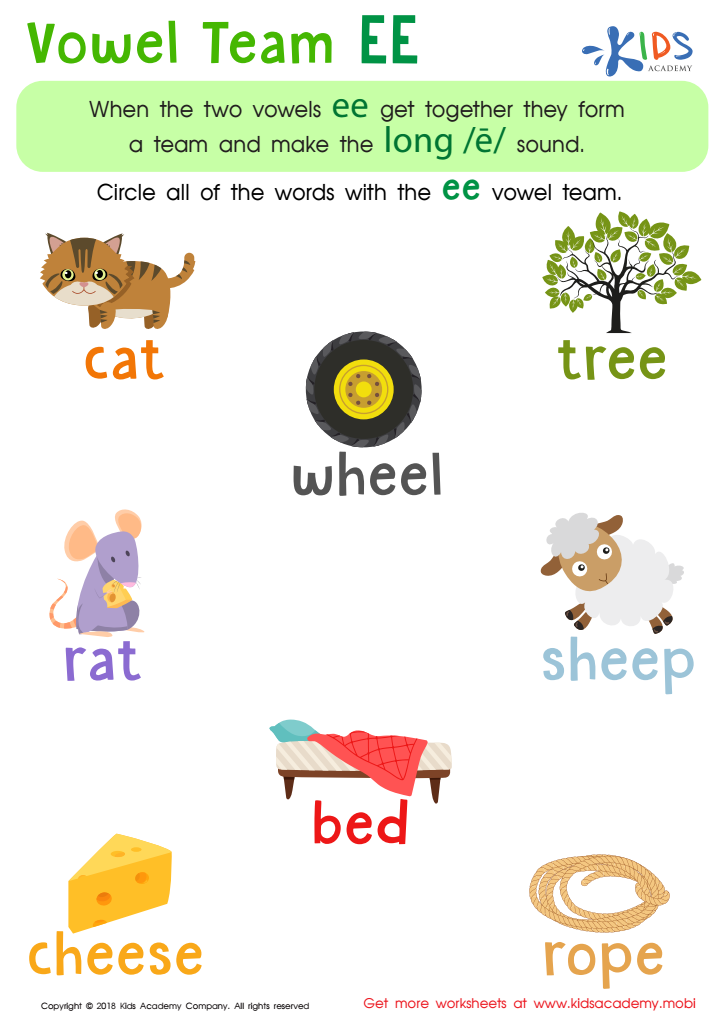

Reading: Vowel Team EE Worksheet
Reading fluency, particularly in the context of normal long vowels, is a crucial component of early literacy development. Parents and teachers should prioritize this aspect of reading for several reasons.
Firstly, reading fluency refers to the ability to read smoothly, accurately, and with appropriate expression. Mastering long vowels is essential for fluency because these sounds form the foundation of many common words. When children recognize long vowels, they can decode and comprehend texts more efficiently, leading to increased confidence and enjoyment in reading.
Moreover, fluent reading fosters better comprehension. When students are focused on decoding words, comprehension suffers. By ensuring that children excel in pronouncing long vowels, educators and parents help them shift their attention from word recognition to understanding ideas and themes within texts.
Furthermore, reading fluency builds a positive habit of reading regularly. As students become more proficient with long vowel sounds, they are likely to engage more with literature, encouraging a lifelong love for reading.
Ultimately, prioritizing reading fluency with normal long vowels not only aids academic success but also supports cognitive development, communication skills, and a child's sense of achievement, making it a vital objective for both parents and teachers.

 Assign to My Students
Assign to My Students







